15 Things You Need To Know About The Two Types Of No-Fly Lists
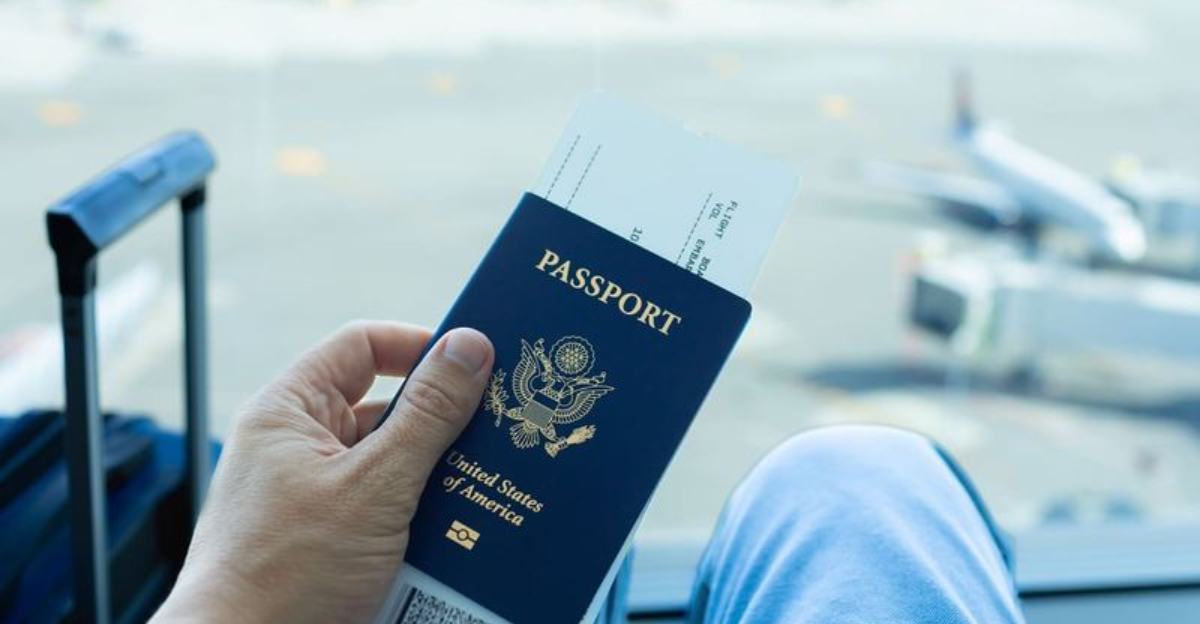
This is something you definitely don’t want to miss if you’re flying soon. Understanding no-fly lists can save you from unnecessary complications. They’re essential for maintaining security, but their details aren’t always clear.
There are two types of no-fly lists: one for individuals deemed a direct threat to aviation security and another for people flagged due to suspicion of being linked to terrorist activities. Being aware of the differences can make a world of difference, especially if you’re traveling to or from high-security destinations.
Are you prepared to avoid any surprises at the airport? Let’s dive into 15 things you should know about no-fly lists to travel with confidence.
1. Watchlist vs. No-Fly List
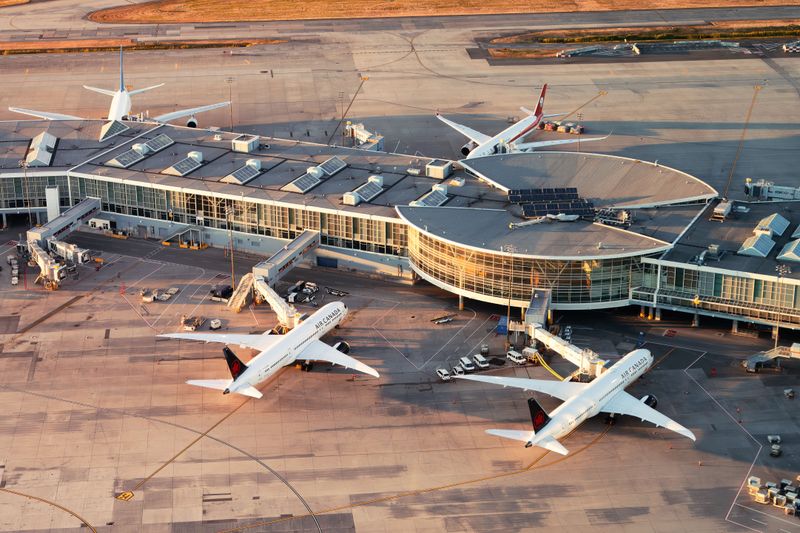
When considering air travel, it’s crucial to understand the difference between a watchlist and a no-fly list. These lists may sound similar, but they serve distinct purposes.
The watchlist identifies individuals who are subject to additional screening. In contrast, the no-fly list prohibits individuals from boarding commercial flights entirely.
Hence, both lists play vital roles in aviation security. While a watchlist flags individuals for further scrutiny, the no-fly list is more restrictive. It’s important to know your status if you suspect any issues with either list.
2. How People Get Listed

If you’ve ever wondered how individuals end up on these lists, you’re not alone. Typically, they’re added based on information from intelligence agencies. This includes data on suspected terrorist activities or connections.
It’s scary to think you might be on a list without even knowing. Government agencies use complex algorithms and information to make these determinations.
Understanding this can ease some of the anxiety surrounding air travel restrictions.
3. Legal Recourse

Did you know there’s legal recourse if you believe you’re wrongly listed? Yes, there is. You can challenge your inclusion through legal channels.
It’s comforting to know that there is a system in place for those unfairly affected.
However, the process can be long and complicated. Legal experts often suggest consulting with an attorney experienced in these cases. This step is crucial if you suspect an error on your travel record.
4. The Role of Homeland Security
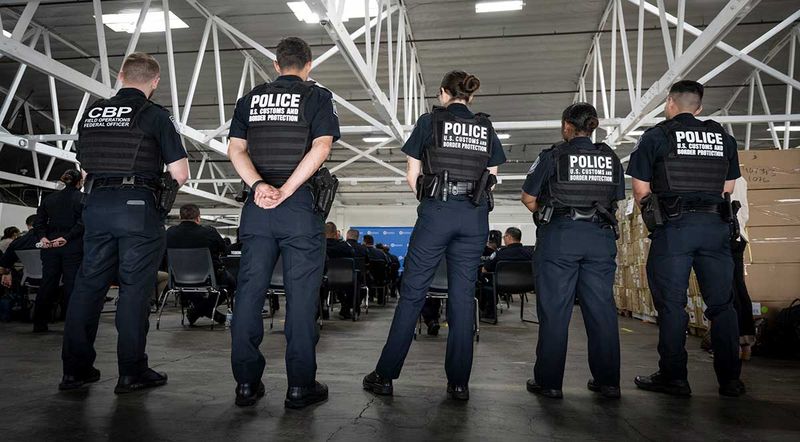
This department plays a central role in managing these lists. Homeland Security uses various tools to determine list eligibility. They’re tasked with keeping the skies safe while respecting individual rights.
Though it sounds daunting, understanding their role helps demystify the process.
Their ultimate goal is to balance national security with personal freedom. Always stay informed about their guidelines and updates.
5. Impact on Frequent Flyers
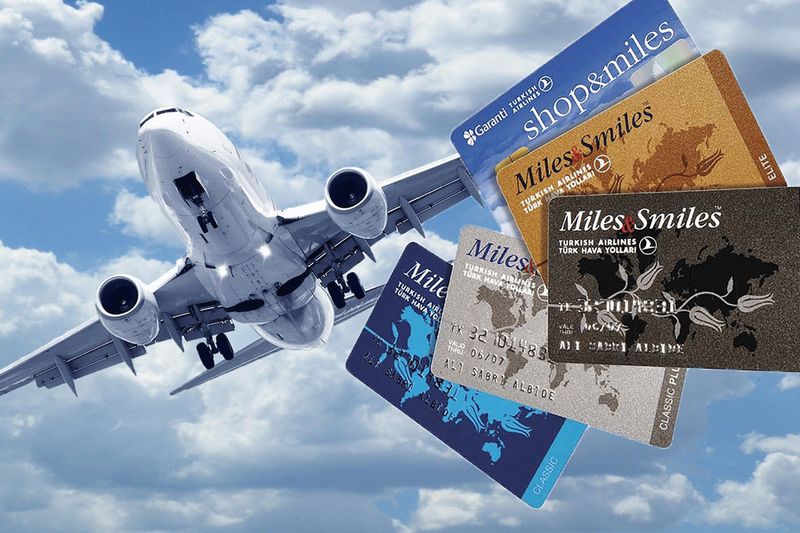
For the avid traveler, being on one of these lists can be a nightmare. It disrupts plans and causes undue stress. Frequent flyers face additional hurdles if flagged for further screening.
It’s critical to stay updated on your travel status. Airlines often notify passengers in advance if there might be issues.
A little preparation with regular checks can save you time and headaches at the airport.
6. Security vs. Privacy

It’s a constant debate: security versus privacy. These lists are essential for national safety, yet they raise significant privacy concerns. How do we maintain a balance?
Policies continue to evolve as agencies strive for transparency. Public discourse encourages better practices and accountability.
Staying informed about these changes helps protect your safety and personal rights.
7. Children on No-Fly Lists
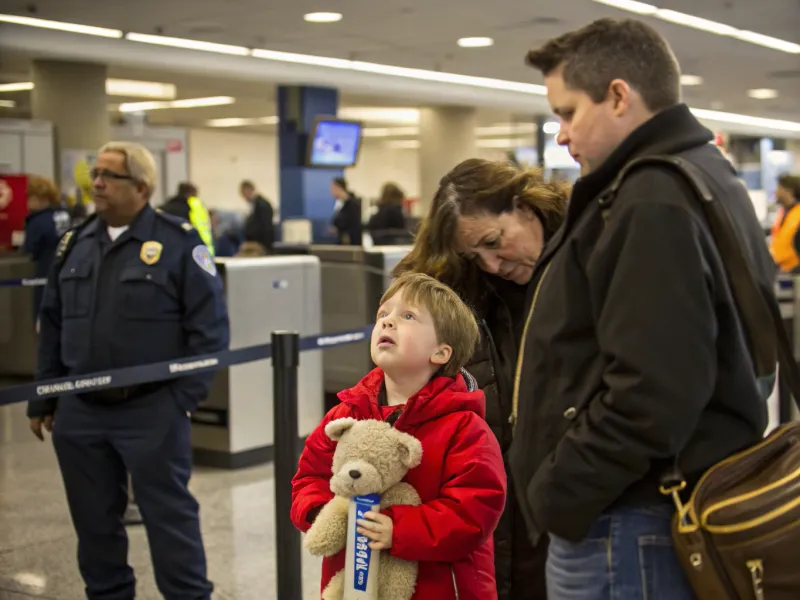
Did you know children can appear on these lists too? It’s shocking but true. There have been instances where children’s names match those of adults flagged on these lists.
Parents should be aware and take precautionary measures. Double-checking with airlines before traveling can prevent unwanted surprises.
This problem brings attention to the need for more efficient list management systems.
8. International Travel Complications

When planning international trips, these lists can complicate matters further. Different countries have varying rules, and a no-fly status in one nation might affect travel elsewhere.
It’s wise to research the travel policies of your destination. Understanding these nuances can help avoid unexpected travel disruptions.
Being proactive is key when it comes to international travel planning.
9. The Appeal Process
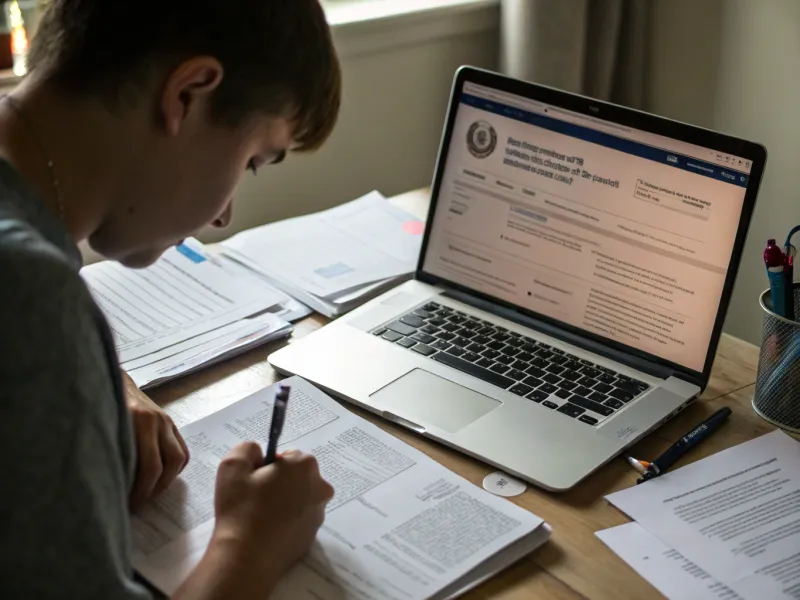
Are you stuck on a no-fly list? There’s an appeal process. It allows individuals to contest their inclusion, but patience is required.
The process involves submitting necessary documentation and waiting for a response. Guidelines are available online, and following them closely is essential.
Persistence is the driving force for those determined to resolve the issue.
10. Misidentification Issues
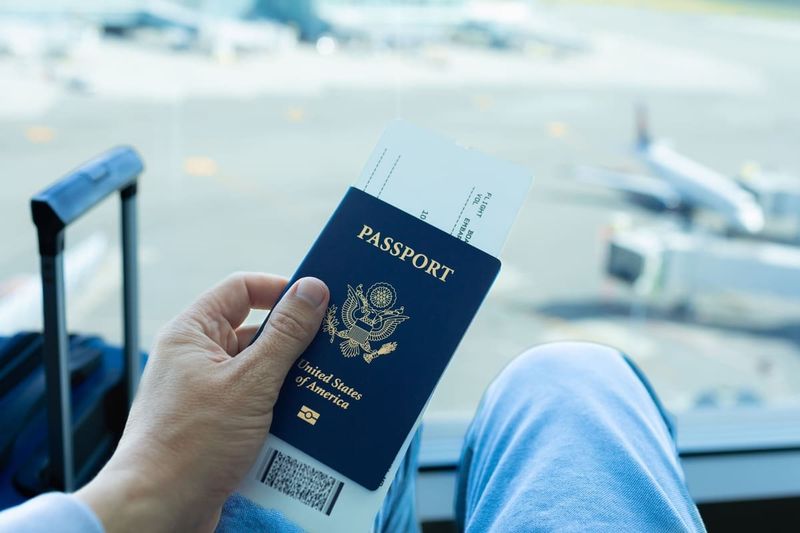
Ever encountered someone with the same name as you? Misidentification can land you on these lists by mistake. It’s a real issue affecting many individuals.
Updating your records and ensuring correct identification details can help. Airlines often assist passengers facing such problems.
It’s important to address these issues promptly to ensure smooth travel experiences.
11. The Redress Number
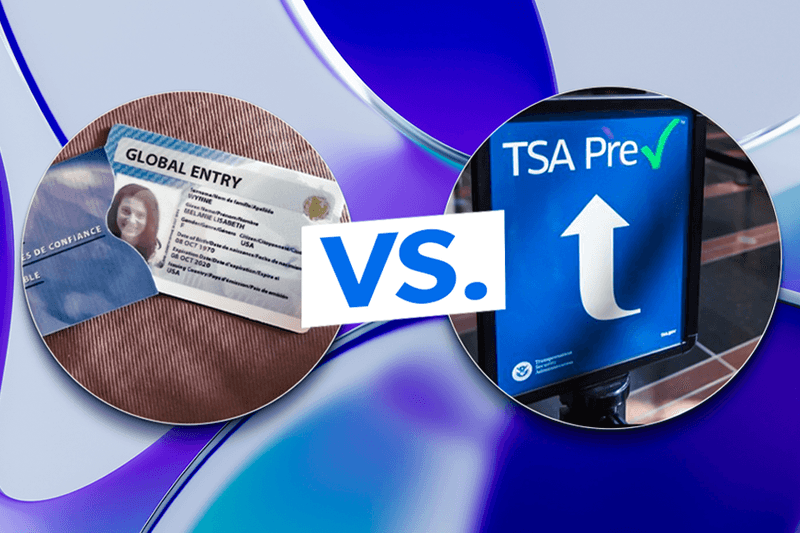
This number is a savior for many travelers. A redress number helps those who experience repeated screening or delays.
Applying for one is straightforward, and it can significantly ease travel woes.
For those who frequently face travel challenges because of security lists, this is a practical solution. If you travel often, it might be a good idea to get one.
12. The No-Fly List and Terrorism
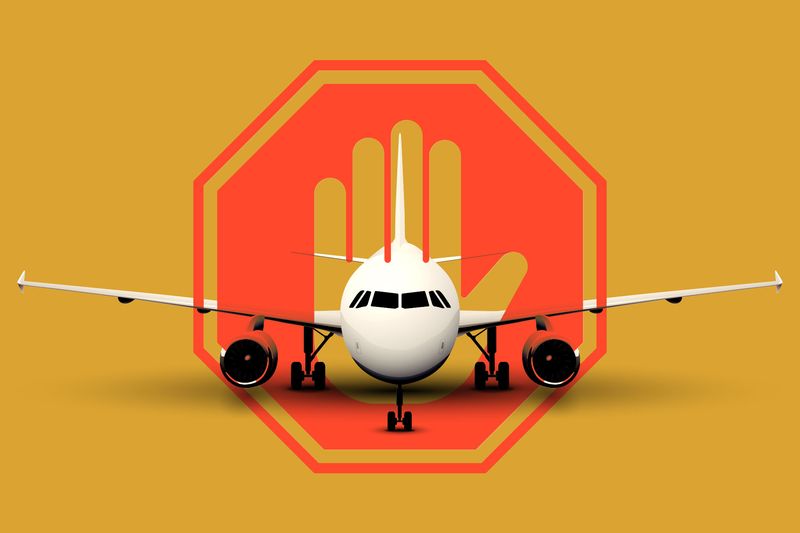
These lists originated as a response to terrorism threats. They’re designed to prevent individuals with known terrorist links from flying.
It’s a critical aspect of global security measures. Understanding this background can offer perspective on why these lists exist.
They are committed to protecting passengers and ensuring the safety of aviation.
13. Privacy Concerns

Privacy is a hot-button issue with these lists. How much information is too much? Agencies collect extensive data to manage lists effectively.
Public debates continue over the balance between security and privacy. Staying informed helps advocate for more transparent policies.
Awareness empowers travelers to protect their rights while ensuring safety.
14. Historical Context
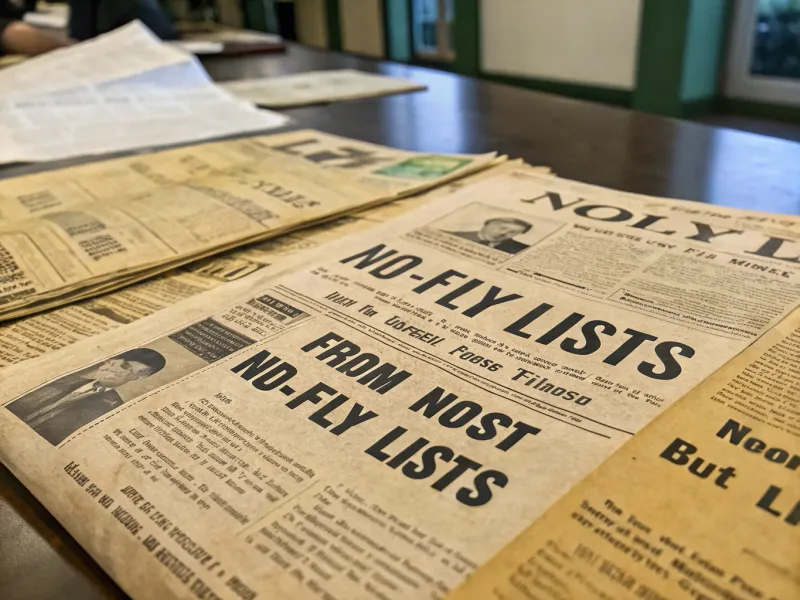
Did you know the concept of no-fly lists dates back decades? It’s fascinating to explore their evolution over time.
Originally designed for security, they’ve expanded to include various criteria. Understanding their history offers insights into modern practices.
It highlights the constant struggle to maintain security without sacrificing personal freedoms.
15. Technology’s Role
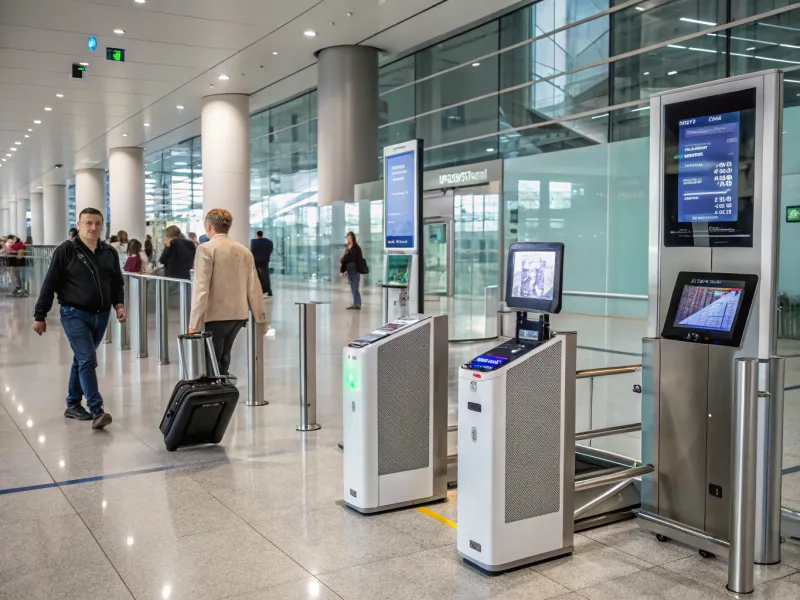
Where does technology fit in? It’s integral to managing these lists. Advanced systems ensure lists are up-to-date and accurate.
Technology helps streamline processes and reduce human error. It’s a continually evolving field impacting how no-fly lists are maintained.
Staying current with technological advancements can offer peace of mind for travelers.
